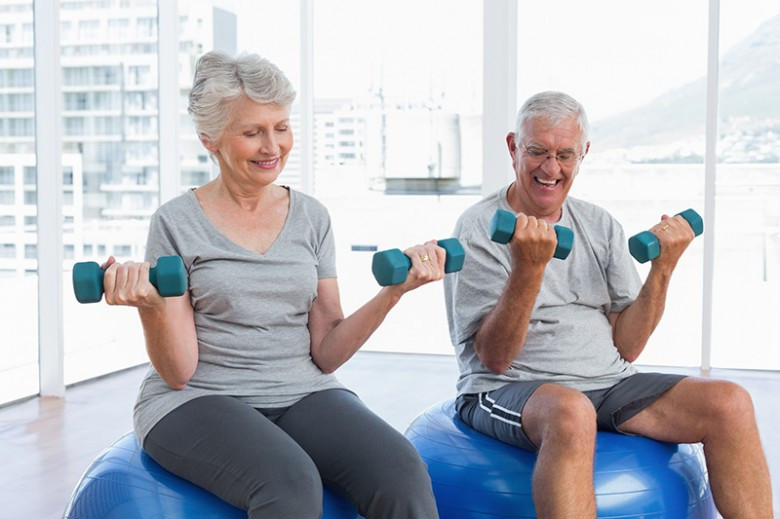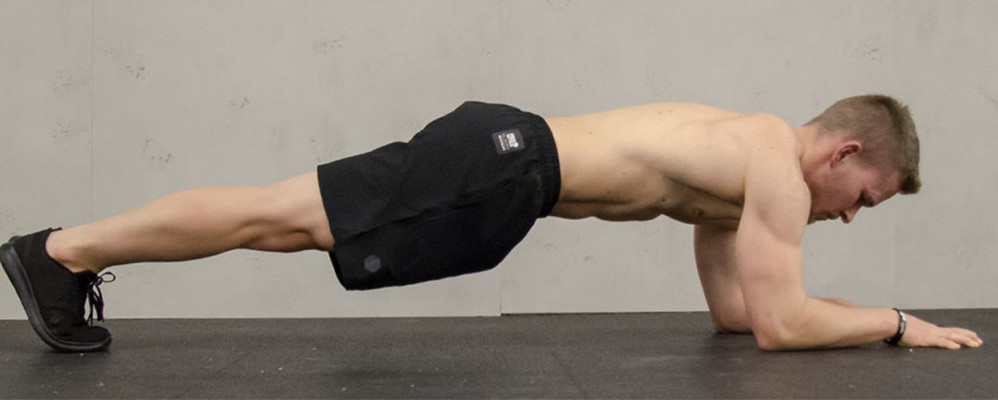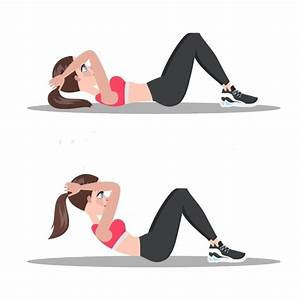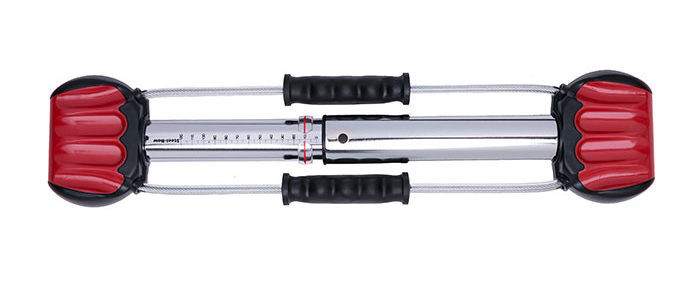LET’S GET STARTED
Those of us who have worked out for many years before becoming seniors will be able to move seamlessly into our senior fitness exercises. We may need to reduce the amount of resistance or otherwise adapt to our changing physical structures. But the transition will not be difficult.
But there are many seniors who will need guidance.
Seniors in my neighborhood like to take walks in scenic areas or around the neighborhood. These people are motivated. Fresh air and cardio are certainly steps in the right direction.
All seniors will need to have a medical check-up before embarking on any new physical exercise plan. There are tests to be done and advice to be given. Discuss your plans with your doctor.

Start slowly and proceed carefully. We are always enthusiastic when we begin a new plan. But we need to guard against that enthusiasm jolting our bodies dangerously. All of this depends upon our physical condition, especially if we have led sedentary lives. Proceed with care!
DON’T OVERLOOK RESISTANCE EXERCISE
Walking is great, but it doesn’t prevent muscle atrophy.
A study by Wake Forest University set out to determine the effectiveness of exercise for overweight people over 60 years of age. What is the best way to lose weight and maintain lean muscle mass?
249 seniors were studied for 18 months. One group did walking as they cut calories, while another group did weight lifting as they also cut back on calories. A third group did only calorie cutting.
One result was surprising. It was expected that all groups would lose weight, which they did. It was not surprising that the group lifting weights would maintain muscle mass better than the group only doing cardio (walking). But the group doing cardio lost more lean muscle mass than the group doing no exercise!
This is significant since seniors need to maintain muscle mass to do routine chores that they may have always taken for granted.
When the muscles atrophy, it is not easy to rebuild the muscle tissue. We may need to lose weight, but we must do so carefully so that we don’t sacrifice our strength. Note the senior couple above, as they do light barbell curls.
A SIMPLE ROUTINE
I would recommend doing a 30-minute routine 3 times per week.
Start with about 5 bodyweight resistance movements, plus a 15-minute walk outside or on a treadmill. For example:
- Warm up for a minute or two by doing jumping jacks, high knee walks or the like.
- Do about 10 free squats (squats without weights).
- Do 10 push-ups, either full push-ups or push-ups with knees on the floor.
- Plank for about 30 seconds to start. The plank is shown below
- Continue by doing heel raises while touching a wall. This is for calf development.
- Do about 15-20 crunches, as shown below.
- Then do the 15-minute walk, indoors or outdoors.
- Do more reps and consider more than one set as you see progress.
One of my prior posts shows the Royal Canadian Air Force routine, used by British actress Helen Mirren. This is a very short exercise program. It is available in my post on Helen Mirren.
ADD EQUIPMENT
The above bodyweight routine, aside from push-ups, does very little for our upper bodies. But with minimal equipment, we may address our back, arms and chest more specifically. Also, for me, a treadmill is a necessary piece of “furniture”.
I am an Amazon affiliate and may earn from qualifying purchases. I can also bring relevant or discounted items to my posts. Most of these equipment links will be to Amazon items.
I use a very basic Nordic Track treadmill. Check for prices and reviews.
Resistance bands can work the entire body and they are very reasonably priced. Here is a 10-minute resistance band workout for seniors.
A very complete resistance band set. Check the price!
Dumbbells are easy to store and can zero in on muscles that need attention. Take a look at this dumbbell exercise video for seniors.
Light dumbbells are best for many seniors or beginners. This set includes a stand.
An adjustable set with more challenging resistance may be better for those with workout experience.
Bullworker Fitness provides unique workout tools, very appropriate for seniors. I have used the Bullwoker Steel Bow and Bow Classic for several years. I like them very much for these reasons:
- They are small, yet challenging to anyone
- The resistance is easily changed to accommodate our needs
- The Steel Bow is quite portable and may be taken on trips to provide workouts when we travel
- All shipments include a detailed illustrated handbook showing exercise suggestions
- Both isotonic and isometric modes are available
The Steel Bow is shown below. Take a look at the Bullworker website.
VIDEOS
Many seniors like to have videos at home to serve as workout guides. Here are a few options:
Balance and strength exercises for seniors

Six total body workouts for seniors in a DVD collection
For absolute beginners. Cardio and strength workouts for seniors.

FINAL THOUGHTS
A couple of general health tips for seniors are these:
- Drink lots of water. A good rule is to drink an amount of ounces of water each day to equal half of our weight, at least. At 183 pounds, I drink 100 ounces per day. This improves our digestive systems, regulates our body temperature and flushes out toxins.
- Elevate your legs – this improves the blood circulation to our brains and provides immunity as we clean our blood. Do this periodically during the day.
I would recommend that seniors who are beginning an exercise program do this:
- Pick out exercises from the above descriptions or videos, ones that you like and those that fit your needs
- Keep it simple. Include resistance and cardio.
- A 30-minute exercise routine should be sufficient, 3 times per week.
- As you progress, consider doing cardio one day, resistance sets the next
- Make changes periodically – different equipment, new movements for the same body parts
- Consider Bullworker products. This gives you constant company guidance by free participation in a Facebook group for questions and answers, as well as motivation. Also, the handbooks are very informative.
Be sure to exercise for body symmetry. Try to avoid a large upper body with small legs or vice versa.
Remember that we can maintain lean muscle mass and even increase it (somewhat) in our senior years. As we lose weight, keep doing resistance exercise for our muscles. We don’t want to become disabled in our “golden years”.
Please leave me any comments or questions in the “Comments” section below. Or email me, richard@myworkoutathome.com.
Stay healthy!


